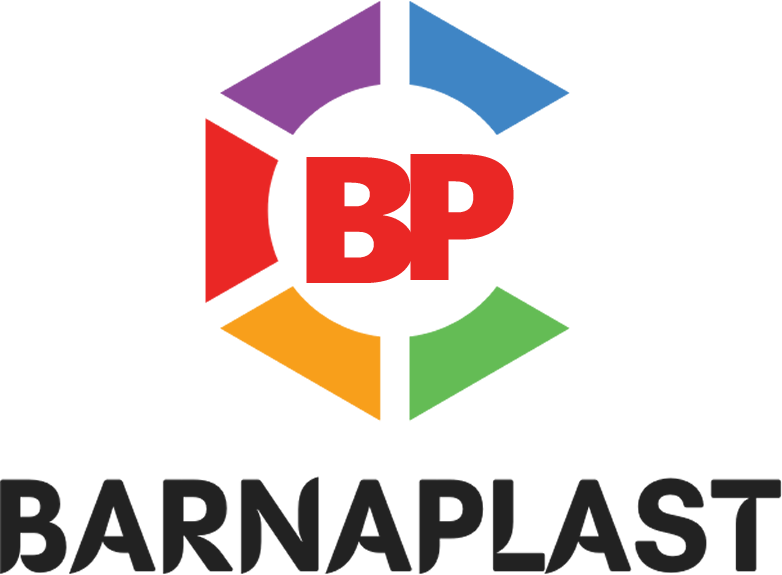When it comes to industrial painting and finishing, the debate between powder coating and liquid paint continues. Both options have their advantages, but which one is best depends on the application.
What is Powder Coating?
Powder coating is a dry finishing process where a fine powder (composed of resin, pigments, and additives) is electrostatically applied to a surface and cured under heat. This forms a durable, protective layer resistant to chipping, fading, and corrosion.
Advantages of Powder Coating:
- Durability: Forms a tough, impact-resistant surface.
- Eco-Friendly: Contains no solvents or VOCs, reducing environmental impact.
- Uniform Finish: Prevents runs, drips, or sagging that can occur with liquid paint.
What is Liquid Paint?
Liquid paint consists of solvent-based or water-based formulations that are sprayed or brushed onto surfaces. It is commonly used for automotive finishes, detailed work, and large-scale painting projects.
Advantages of Liquid Paint:
- Smooth, Glossy Finish: Can achieve high-gloss or custom textures.
- Variety of Applications: Suitable for complex and intricate surfaces.
- Air Drying Capabilities: Does not always require high-temperature curing.
Which One Should You Choose?
- For Industrial Use: Powder coating is preferred for its toughness and longevity.
- For Automotive & Decorative Finishes: Liquid paint offers greater flexibility in customization.
- For Eco-Friendliness: Powder coating is the clear winner as it emits no harmful VOCs.
The choice depends on your specific requirements, budget, and desired finish. As environmental regulations tighten, powder coating is becoming the preferred method in many industries.

Comments (0)